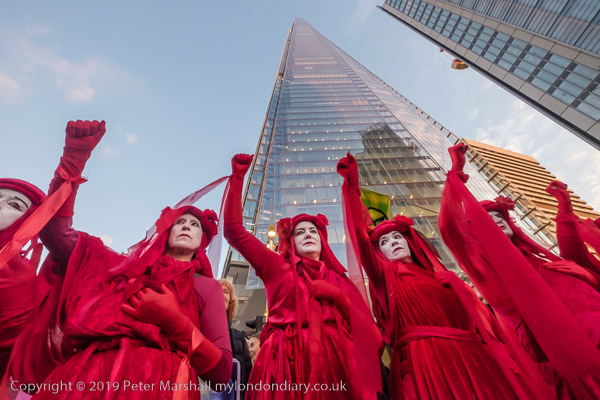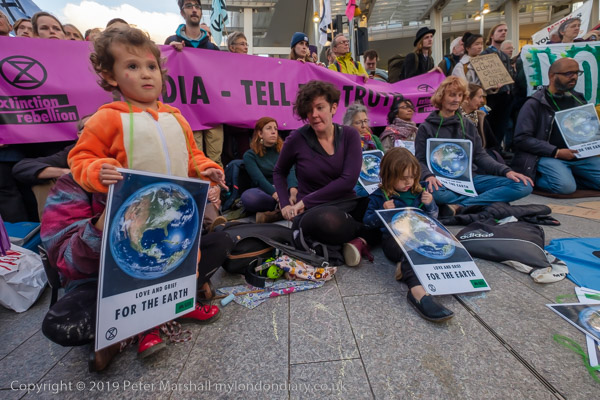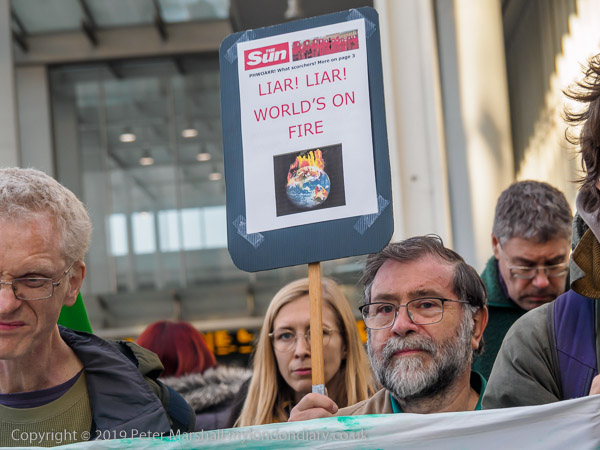We started our ride with a couple of excursions from Angers, including one to the north where we rode back alongside the Mayenne. Watermills were a feature at many points of our rides, particularly along the tributaries of the Loire.
There were a number of similar roadside crosses at junctions along some of the minor roads we cycled along, but I think this was the only one I stopped to photograph. Despite the place names on the road signs it was difficult to find the location as none of those names appears on maps or on Google and I only eventually located it by ‘riding’ on Streetview. I think it is actually a little north from where the caption on Flickr indicates.
Many of the roads we cycled along were departmental roads or routes communales and both were often little more than farm tracks, though most were metalled. We met little traffic, sometimes cycling for an hour or more without seeing a car or tractor. Farmers were still working with horses on a number of fields, mainly vineyards that we passed.
Many of the departmental routes pass through small villages and the street above was wider than many (I think it is somewhere east of Orleans, but let me know if you recognise it.) Often there were children walking out into the street who would shout encouragement to the two mad cyclists passing through. The Tour de France had just ended and cycle-mania was at its peak. Sometimes kids on bikes would try to race us, puffing noisily as they struggled past before turning off and stopping while we continued at a steady pace for perhaps another 30 or 40 miles.
There were also other cyclists, without luggage and dressed for the Tour on lightweight racing bikes (which mine had once been before I replaced its narrow tubular tires with sturdier versions on wheels with wider rims and twice the weight.) Struggling up a hill well behind me, Linda suddenly felt pedalling much easier and she began to accelerate, and at the summit a rider let go of her saddle and waved a cheery ‘au revoir’. Much less welcome were the dogs who chased us through some farms, and a couple of times I had to pull the aluminium cycle pump from the frame to beat them away.
Some of the chateaux were remarkably out of some Gothic fairly tale, such as Montreuil-Bellay above the River Thouet, where I expected to see knights on horses with lances or perhaps even unicorns, but was disappointed.
And should you feel moved to emulate us after seeing these pictures, one small road safety tip. It really is better to ride on the right (as having pressed the shutter I raced to tell Linda), though with roads as empty as this one it wasn’t a real problem.
More on Flickr at 1975 Loire Valley Bike Tour.
All photographs on this and my other sites, unless otherwise stated, are taken by and copyright of Peter Marshall, and are available for reproduction or can be bought as prints.































